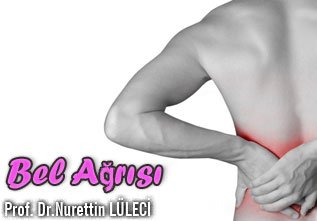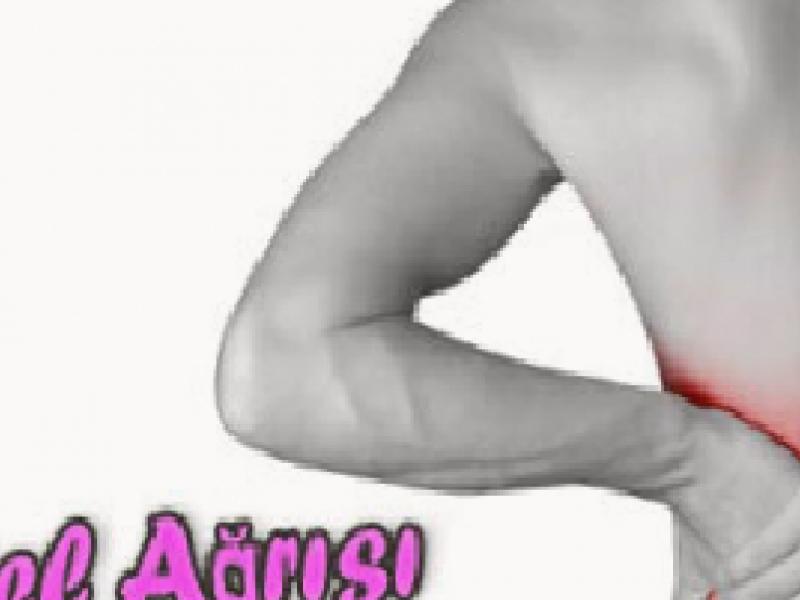
Do you think that every back pain sufferer is a hernia patient? Why do doctors oppose non-physician charlatans who appear because we are treating herniated disc, sometimes pulling back, sometimes different, for example sticking pitch on the waist or, excuse me, I’m treating herniated disc with massage in the hammam?
Do doctors worry about money? Are their methods completely wrong?
1- Not every low back pain is a herniated disc
2- Pulling or manipulation (ie applying some methods to the waist using the hands)
3- Application of heat to the waist area All these are related branches It is among the treatment methods that will be applied by physicians personally or under their supervision. However, it is the fruit of a long process that takes years to distinguish which method to use for which low back pain. Our spine contains very complex anatomical structures.
Otherwise, there is someone who has a lower back, neighbor over there, we went bent over, “that’s what he pulled my waist, there is no click on my waist” let’s take you with us. Well, if you always apply the same method, that is, lower back pulling, to many problems that are the source of back pain, you may encounter irreversible injuries, as we know from the patients who come to us. Warning from us.
Here is Degenerative Disc Disease (DDH), which is less known among the public, but is the most common cause of low back pain that must be treated by physicians. It is a discomfort that appears in the form of PAIN when standing a lot, especially when sitting a lot and when standing up or lifting something heavy. As a natural consequence of our aging, we can define it as the wear and tear of the discs (cushions) located between our spines, loss of flexibility and loss of natural water. The cushions between our spines act as a shock absorber, especially in our waist, while carrying weight or in very complex movements of our body, and they take on the task of supporting our body to move in a balanced way and to prevent pain. DDH can be seen for many different reasons: Although it is an old age disease, it can also be seen in young people.
If you have back and neck pain that does not go away, you may have DDH. It is most common in the waist. It is an insidious progressive disease that causes more and more discomfort and pain, disrupts our daily quality of life, and even starts to go away with drugs. It is medically expressed as Spondylosis.
When you have an MRI, what we call the Dark Disc is normally seen in a light color as the inside of the pads is jelly-like. In those with DDH, the entire disc, the pad, is black. Discs that have lost these properties and water have lost their shock absorbing, weight balancing and protecting our waist features. Discs that have lost their fluids crack like dehydrated soil and the body sends vessels and nerves to the area that would not normally be there to repair it. These nerves, which penetrate into the cracked discs, give a pain alarm over time, for example, when standing too much or lifting heavy. Both direct contact and substances that cause pain are released from the damaged disc tissue. It is more likely to have a hernia in the same place. It should be noted that not every dark disc may be the cause of pain. In order to make a definitive diagnosis, it is necessary to apply a method we call discography. It is applied in operating room conditions.
In advanced cases that do not respond to drugs and FTR as treatment
1- Epidural cortisone applications
2- Morphine bands
3- IDET (inside the pads) It is based on burning the nerves that should not normally be there but that cause pain by using radiofrequency method or LASER)
4- Pahsa cath. Application . It is the process of preventing the stimulus from the painful pillow to be transferred to our spinal cord.
5- Surgical interventions are the last option to be considered.

